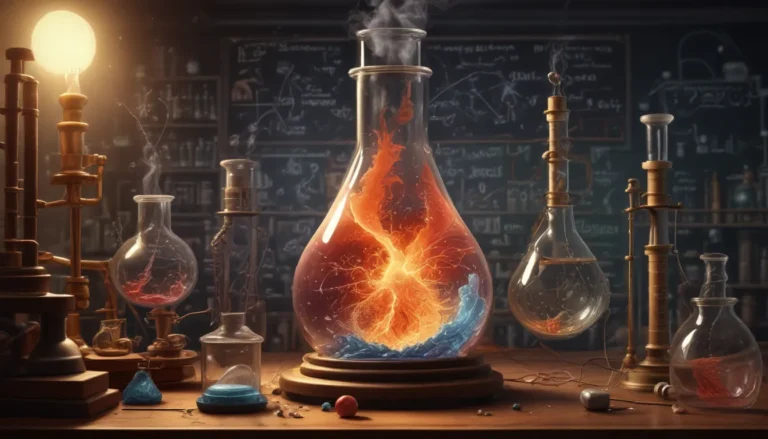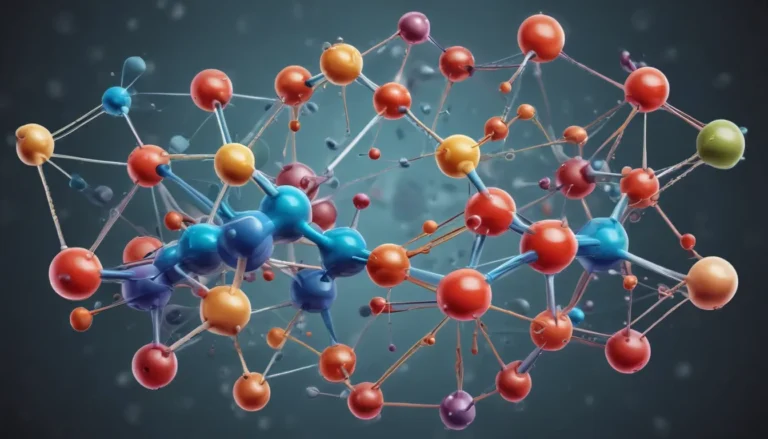A Note About Images: The images used in our articles are for illustration purposes only and may not exactly match the content. They are meant to engage readers, but the text should be relied upon for accurate information.
Chemistry is a vast realm of scientific exploration filled with intriguing theories and concepts. Among them, the Bronsted-Lowry theory shines as a beacon of understanding in the world of acid-base reactions. Crafted by the minds of Danish chemists Johannes Bronsted and Thomas Lowry in the early 20th century, this theory redefined our perception of acids and bases, diving deeper into the mechanisms of proton transfer.
Unraveling the Chemistry of Bronsted-Lowry Theory
The Bronsted-Lowry Theory, a cornerstone in the realm of chemistry, introduced a new perspective on acid-base interactions. Unlike the traditional Arrhenius Theory, which limited acids and bases to substances releasing ions in water, the Bronsted-Lowry Theory expanded its reach to encompass reactions in non-aqueous solutions.
Redefining Acids and Bases in Bronsted-Lowry Theory
According to this revolutionary theory, acids are now recognized as proton donors, offering a broader understanding of their role in chemical reactions. On the flip side, bases are portrayed as proton acceptors, completing the intricate dance of proton exchange.
Delving into Acid-Base Equilibrium
Unlike its predecessor, the Bronsted-Lowry Theory delves deep into the equilibrium dynamics of acid-base reactions. By considering both the forward and reverse reactions, this theory unveils a holistic view of how acids and bases interact within a solution, creating a foundation for further exploration.
The Significance of Conjugate Acid-Base Pairs
In the realm of Bronsted-Lowry Theory, conjugate acid-base pairs take center stage. These pairs, formed when an acid donates a proton or a base accepts one, play a vital role in understanding the intricate dance of proton exchange during chemical reactions.
Water’s Dual Nature in Acid-Base Chemistry
Water, often considered a universal solvent, showcases its dual nature in the Bronsted-Lowry Theory. Not confined to being just a neutral medium, water can act as both an acid and a base, depending on the context of the reaction, adding a layer of complexity to chemical processes.
Extending the Horizons of Acid-Base Reactions
One of the remarkable aspects of the Bronsted-Lowry Theory is its versatility in non-aqueous solutions. Unlike the restrictive boundaries of the Arrhenius Theory, this theory transcends the watery confines and explores the realm of acid-base interactions in diverse contexts.
Beyond Proton Transfer: Lewis Acid-Base Reactions
The Bronsted-Lowry Theory ushers in a new era of understanding by acknowledging that acid-base reactions can entail more than just the exchange of protons. Complex reactions, such as Lewis acid-base reactions, involve the formation of coordinate covalent bonds, expanding our vistas of chemical interactions.
Shedding Light on Amphoteric Substances
The concept of amphoteric substances, capable of acting as both acids and bases, finds its elucidation in the Bronsted-Lowry Theory. These versatile substances can switch roles, either donating or accepting protons, based on the demands of the reaction environment.
Predicting Acid and Base Strengths
A fascinating facet of the Bronsted-Lowry Theory is its ability to predict the relative strengths of acids and bases. By analyzing the stability of conjugate bases and acids, scientists can unravel the hierarchy of acidity and basicity, guiding them in exploring the reactivity of different substances.
Organic Chemistry’s Trusted Companion
Organic chemists turn to the Bronsted-Lowry Theory as a guiding light in unraveling the intricacies of reaction mechanisms, catalytic roles of acids and bases, and the strategic design of synthetic pathways. Its versatility and applicability across various domains of chemistry underscore its indispensability in the scientific world.
Pioneering Advances in Chemistry
The Bronsted-Lowry Theory stands as a beacon of exploration, paving the way for numerous discoveries in the realm of acid-base reactions. Its comprehensive framework has catalyzed advancements across diverse branches of chemistry, offering a nuanced understanding of chemical processes.
Embracing the Legacy of Bronsted-Lowry Theory
In essence, the Bronsted-Lowry theory illuminates the realm of acid-base reactions through the lens of proton transfer, enriching our understanding of chemical phenomena. By grasping the essence of proton donation and acceptance, scientists can navigate the intricacies of chemical interactions with clarity. This theory’s profound impact extends beyond the realm of academia, resonating in fields like pharmaceuticals, environmental science, and materials science.
Unveiling the Enigmatic Nature of Chemistry
Embark on a captivating journey into the world of chemistry by unraveling the mysteries of amphoteric substances and their pivotal role in acid-base reactions. Whether you’re an enthusiast or an expert in the field, immersing yourself in the wonders of the Bronsted-Lowry Theory promises to be an enlightening voyage of discovery.
Nurturing Knowledge through Trusted Content
At the core of our mission lies a commitment to delivering authentic and engaging content that nurtures curiosity and knowledge. Each fact shared on our platform is a testament to the collective wisdom of our community, meticulously reviewed by our dedicated editors for accuracy and reliability. Trust in our dedication to quality as you explore the wonders of science and unravel its mysteries with us.






